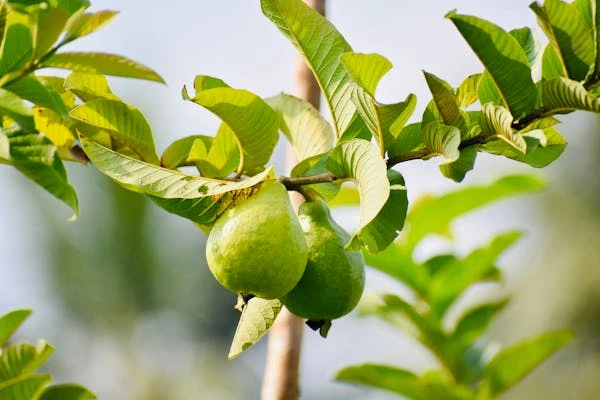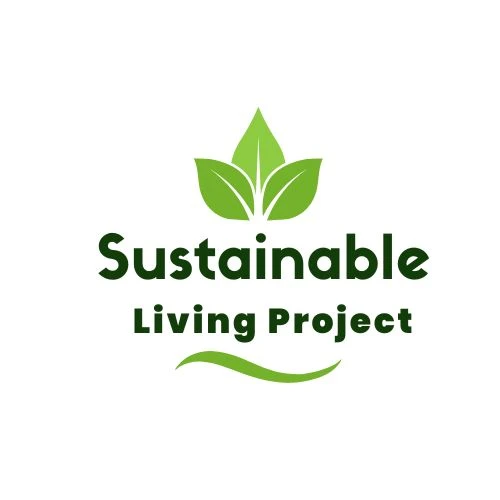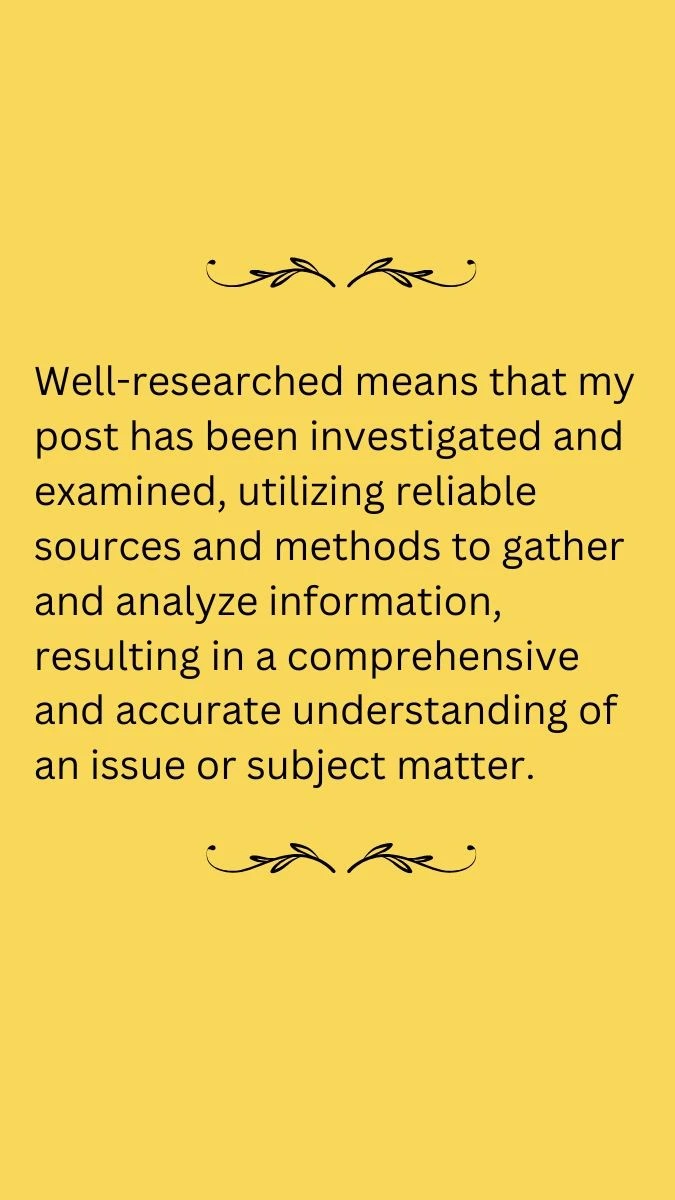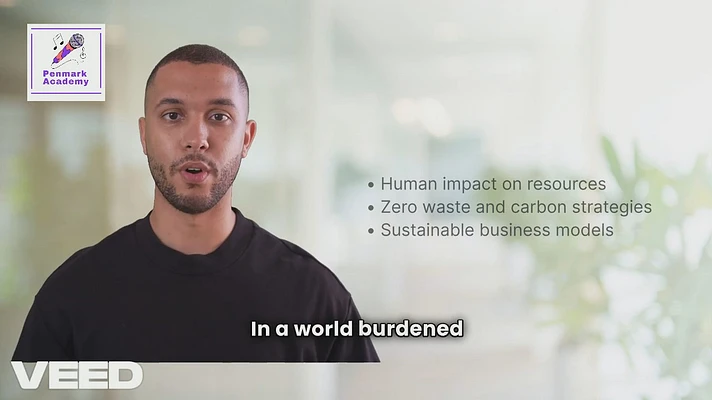Why Sustainable Living is better than Fleeting Wealth

In a world where consumerism often defines success, the pursuit of massive wealth can feel like the ultimate goal. Luxury cars, sprawling mansions, and designer wardrobes are paraded as symbols of accomplishment. But beneath the glitz lies a growing awareness: this wealth, unless rooted in purpose, is weathering. In contrast, sustainable living offers a lifestyle rich in meaning, health, and long-term satisfaction.
Here are four compelling reasons why embracing sustainable living is better than acquiring massive but fading wealth.
1. True Wealth Is Health
Massive wealth can buy access to premium healthcare, but it cannot guarantee health itself. What we breathe, eat, and wear every day affects our wellbeing. Sustainable living emphasizes non-toxic environments, clean air, and whole foods—values that align directly with physical and mental health.
For instance, growing your own food or choosing locally sourced, organic produce reduces your exposure to harmful pesticides and supports your immune system. According to the World Health Organization, in 2016, around 13.7 million deaths—nearly a quarter of global deaths and disease burdens—were linked to environmental factors that could be changed, such as pollution, waste, and harmful chemicals. While research on chemical exposure is still evolving, estimates show that 1.6 million deaths that year were tied to exposure to certain hazardous chemicals.
Sustainable living reduces these exposures and promotes preventative wellness.
Meanwhile, the pursuit of extreme wealth often comes with chronic stress, overwork, and neglect of basic needs. Financial stress has a major effect on many Americans’ lives. According to the APA’s 2015 Stress Report, 72% of adults feel stressed about money at least occasionally, while nearly 25% experience extreme financial stress. Key sources of this anxiety include covering unexpected costs (54%), affording necessities (44%), and trying to save for retirement (44%).
2. Less Stuff, More Peace
The accumulation of material goods is frequently mistaken for success. But the constant pressure to acquire more leads to cluttered homes, cluttered minds, and a cycle of dissatisfaction. In contrast, sustainable living promotes mindful consumption—choosing quality over quantity, and finding joy in simplicity.
Minimalist lifestyles, which are often associated with sustainability, have been linked to reduced anxiety and greater clarity. Joshua Becker, author of The More of Less, argues that "owning less is far more beneficial than organizing more." and that, “It is better to live a simple life with a rich heart than a luxurious life with an empty soul” (Joshua Becker).
This philosophy reduces waste and consumer guilt while elevating our sense of control and contentment.
Living sustainably doesn’t mean deprivation. It means intentionality. A wardrobe made of ethical, long-lasting garments doesn’t just feel good physically—it feels good morally.

A home filled with plants instead of plastic decor breathes life, not just aesthetics. And unlike flashy, short-lived purchases, sustainable choices often come with stories and values that enrich our lives.
3. Community Over Competition
Massive wealth can isolate. The higher people climb economically, the more they may feel detached from others. In contrast, sustainable living encourages community engagement, local involvement, and shared resources.
Think community gardens, co-ops, local farmer markets, clothing swaps, and clean-up initiatives. These are more than just eco-friendly actions—they are social glue. They foster human connection and interdependence, which are critical to emotional resilience.
A nearly 80-year-long Harvard study has shown that strong social connections lead to longer, happier lives. It found that close relationships—not wealth or fame—are the most reliable indicators of lasting happiness. These bonds not only shield us from life’s hardships but also slow down mental and physical decline, making them more powerful predictors of well-being than factors like social status, intelligence, or even genetics (Harvard Gazette, 2017).
Wealth, fame, and status fell short. Sustainable living taps into this truth by putting people and the planet before profit.
Even the act of buying from small, ethical businesses over massive corporations contributes to a web of social sustainability. Every conscious purchase supports someone's livelihood, passion, and purpose.
4. A Legacy That Lasts
Massive wealth can leave behind estates and trust funds. But what about air? Water? Soil? Will future generations inherit a planet that can still nourish life?
Sustainable living focuses on leaving a legacy that transcends financial accounts. It’s about handing down values, behaviors, and ecosystems that allow future generations to thrive. Whether it’s raising children who respect the earth, building a home powered by solar energy, or planting trees that will outlive us—these are enduring contributions.
The Ellen MacArthur Foundation, which promotes the circular economy, defines it as a model in which materials are continuously reused, and natural systems are restored. Instead of following a linear take-make-waste pattern, the circular economy keeps products and resources in use through strategies like repair, reuse, recycling, and composting. This approach helps address climate change and environmental degradation by disconnecting economic growth from the use of finite resources. Its foundation rests on three principles: eliminating waste and pollution, maintaining the circulation of products and materials at their highest value, and rejuvenating nature.
Your brand, your style, your lifestyle—can all reflect this purpose. Through initiatives like the Sustainable Living Project, individuals can wear and live their values daily, turning personal decisions into collective impact.
Conclusion: Choose to Be Rich in Purpose
Chasing wealth isn’t inherently wrong. But when the pursuit becomes hollow—detached from wellness, peace, community, and legacy—it begins to weather.
Sustainable living offers an alternative. A lifestyle that isn’t just better for the planet, but better for the soul. It's about choosing reusable over replaceable, quality over quantity, meaning over materialism.
As we face climate change, resource scarcity, and growing social division, the most valuable currency may no longer be dollars or diamonds—but sustainability.
Make your choices count. Live rich, live right, live sustainably. Learn more.
Want to wear the message?
Check out branded eco-apparel and accessories from the Sustainable Living Project here
Preservation and Advancement of Human Beings: Sustaining Human Existence and Developing Human Capital
Protecting Biodiversity: Preserving Nature's Rich Tapestry
Environmental Preservation Principle Simplified: Reduce, Reuse, Recycle
Sustainable Living: A Path to a Balanced Future

Sustainable living is more than just a buzzword—it’s a lifestyle that seeks to harmonize human activities with the planet’s natural resources. It’s about meeting our current needs without jeopardizing the ability of future generations to meet theirs. At its core, sustainable living is a commitment to minimize one’s ecological footprint by making conscious choices in daily life, emphasizing long-term environmental health, social equity, and economic stability.
The scope of sustainable living spans every facet of human existence. It encompasses how we consume energy, manage waste, grow food, construct buildings, and even how we travel. Individuals, communities, and corporations all play roles in promoting sustainability. For example, sustainable architecture focuses on constructing energy-efficient buildings with renewable materials, while urban planning emphasizes green spaces, public transit, and walkable cities.
Consider food consumption, a critical aspect of sustainable living. Choosing local, organic, and plant-based foods can reduce greenhouse gas emissions and conserve water. According to the Food and Agriculture Organization (FAO), in its 2024 report, says one visible aspect of the efforts to make the agricultural sector more sustainable is the rise of organic agriculture, mainly characterized by avoidance of synthetic fertilizers and pesticides. In 2022, the agriculture area under certified organic status reached 78 million ha. Australia accounted for 46 percent of the total, followed by India (6 percent) and Argentina (4 percent).
Energy use offers another lens to view sustainable living. Transitioning from fossil fuels to renewable sources like solar, wind, and hydroelectric power is vital. For instance, a report says all Dutch electric trains are now powered by wind energy. Since 1 January 2017, 100% of trains owned by the national railway company, NS, are running on wind energy.
This shift not only reduces carbon emissions but also fosters energy independence and economic growth.
Waste management is equally crucial. The “reduce, reuse, recycle” mantra remains relevant, but sustainable living goes beyond that by promoting circular economies where products and materials are reused or repurposed indefinitely. The collected food waste can be used to generate biogas or produce organic fertilizer. In Sweden, the government’s target for food waste is to decrease it by 20 weight percent per person from 2020 to 2025. Moreover, as of 2024, a new Swedish law requires households and businesses to separate their food waste, and Sweden's local authorities to provide separate collection of food waste (Sweden.se).
You can watch a video showing how food waste is thrown in separate bins here: https://www.instagram.com/p/C4-K-xMiXO5/
Sustainable living isn’t merely about environmental benefits—it also has profound social and economic significance. It ensures equitable resource distribution, empowering marginalized communities to thrive. Additionally, investing in sustainable practices drives innovation and creates jobs in sectors like renewable energy, sustainable agriculture, and green technology. Many governments prioritized renewable energy development to reduce emissions, meet international climate goals, and seek broader socio-economic benefits. The International Renewable Energy Agency (IRENA) reported that the renewable energy sector employed over 12 million people worldwide in 2020, reflecting its growing economic importance.
The significance of sustainable living extends beyond individual choices—it fosters a collective effort to combat global challenges such as climate change, resource depletion, and biodiversity loss. By adopting sustainable habits, we can contribute to a healthier planet, preserving ecosystems for future generations. Actions as simple as carpooling, planting trees, or supporting ethical brands can create ripple effects, inspiring others to follow suit.
In essence, sustainable living is a dynamic and hopeful way of life. It reminds us that every choice we make—big or small—has consequences for the planet and its inhabitants. Together, through intentional actions and global cooperation, we can forge a sustainable future that balances human progress with the Earth’s well-being. After all, as environmentalist Wendell Berry once said, “The Earth is what we all have in common.”
Become a paid member to gain access to well-researched exclusive posts.
Introducing the Sustainable Living Project
Imagine a future where your everyday choices contribute to a healthier planet, a more secure financial future, and a thriving community. At Penmark Academy for Lifelong Learning, this vision is not just a dream—it’s a reality waiting for you to embrace. Welcome to the Sustainable Living Project, a transformative initiative that bridges economic wisdom with innovative sustainable practices, empowering individuals and communities to build a greener, more self-sufficient future.

This inspiring project, led by a retired Economics lecturer and now the esteemed Director of Penmark Academy, is your ultimate guide to mastering the art of mindful living. Offering free general content to the public and well-researched, exclusive materials to subscribed members, the Sustainable Living Project combines education and practical solutions to create meaningful change in the way we live and consume. Here’s why you should be part of this revolutionary movement.
The Vision: A Greener, Smarter Way of Life
The Sustainable Living Project is much more than a collection of ideas—it’s a holistic approach to improving life for individuals and communities alike. By emphasizing key skills in savings, investment, gardening, and resource conservation, it empowers participants to take charge of their environmental and financial well-being.
Take a moment to reflect: how often do we think about the energy we use or the waste we create? This project integrates renewable energy, water-saving techniques, and eco-friendly practices to help you reduce your ecological footprint effortlessly. Through engaging content and hands-on workshops, the project fosters practical habits like zero-waste living, carbon neutrality, and responsible consumption. Every step you take in this program brings you closer to living in harmony with the planet.
Economic Wisdom Meets Sustainability
What sets the Sustainable Living Project apart is its unique blend of economic expertise and sustainable innovation. Guided by the vast experience of Penmark Academy’s Director, this initiative dives deep into the interconnectedness of personal finance and environmental stewardship.
Let’s consider one example: gardening. Growing your own food not only reduces dependency on long supply chains that contribute to greenhouse gas emissions but also saves money and fosters a sense of self-reliance. Similarly, learning about energy-efficient investments—like solar panels or rainwater harvesting systems—ensures long-term savings while safeguarding the planet’s precious resources. By combining economic principles with actionable strategies, the project offers a roadmap for smarter, sustainable living.
Empowering Communities through Lifelong Learning
At the heart of this project is a profound commitment to lifelong learning, a core philosophy of Penmark Academy. The initiative understands that true change happens when knowledge is shared and applied. That’s why the Sustainable Living Project doesn’t stop at providing knowledge—it also cultivates skills that participants can immediately integrate into their lives.
Through its comprehensive approach, the project addresses some of the biggest challenges of our time, such as climate change, resource depletion, and economic inequality. It encourages financial literacy, eco-conscious habits, and self-sufficiency. Participants learn how to adopt meaningful practices that foster zero-waste living, reduce energy consumption, and cut unnecessary expenses—all while inspiring others to follow suit.
Tailored Content for Every Learner
The beauty of the Sustainable Living Project lies in its inclusivity. Whether you’re a curious beginner exploring basic eco-friendly tips or a dedicated learner eager for in-depth strategies, the project has something for everyone.
- Free General Content: Accessible to the public, this content includes tips on eco-friendly living, simple savings strategies, and basic gardening methods. It’s perfect for anyone looking to dip their toes into sustainable practices.
- Exclusive Paid Subscription: For those ready to dive deeper, the membership plan offers well-researched exclusive content on advanced topics like renewable energy implementation, water conservation systems, and economic strategies for long-term sustainability.

This two-tiered approach ensures that no one is left behind in the journey toward sustainable living.
Join the Movement Today
The Sustainable Living Project offers a pathway to meaningful change, blending economic insights with innovative sustainable practices to create a positive ripple effect on the planet and its people.
Now is the time to embrace this lifestyle—not just for yourself, but for the generations yet to come. Imagine the impact of your small, consistent actions: reducing waste, saving energy, growing your food, and inspiring others to do the same.
By joining this initiative, you’re not just becoming part of a project—you’re becoming part of a movement. A movement that values financial security, environmental preservation, and community empowerment.
Are you ready to transform your life and the world around you?
Sign up for the Sustainable Living Project today and be the change you wish to see.
Together, we can forge a future where smarter, eco-friendly living is within everyone’s reach.
Let’s build that future—one sustainable step at a time!
